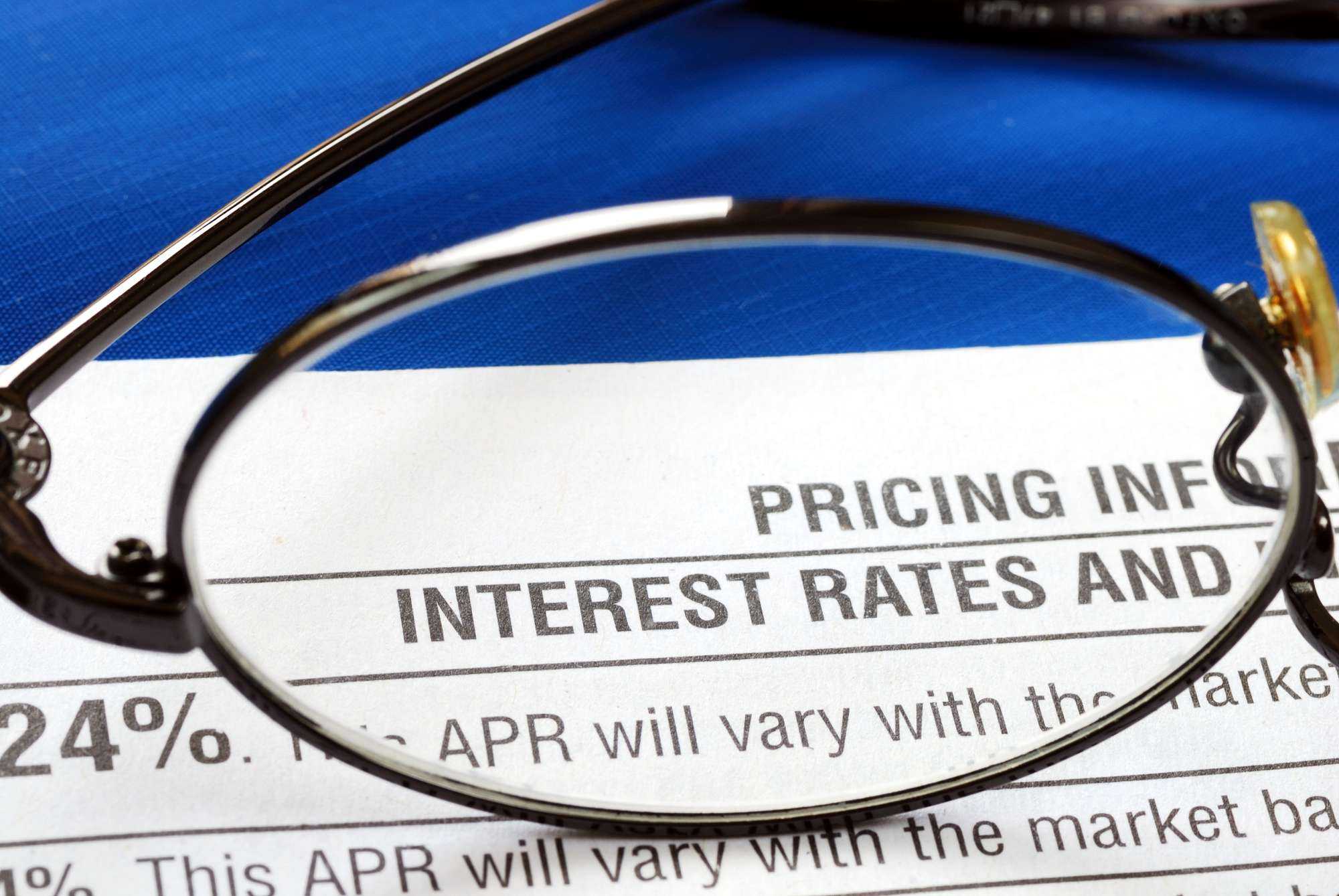BY JAY BRIJPAUL
In 1989, I bought my first home in Brampton for $225,000. The interest rate then was around 11.75%. The rate climbed to 12.75% and the market collapsed. Home prices, like the one I bought, dropped to around $150,000. Many homeowners were in a situation where the mortgage owing on the home was higher than what the home was then worth. Many people walked away from their homes. The banks stepped in, enforcing power of sale. Recently, we saw two spikes in interest rates. Another is expected soon. The market is on a downturn. Here is some important information on how to safeguard yourself.
If you are planning to buy and sell in a declining market, its best to sell first and then buy. The reason is that in a declining market, with time, the price of the property will drop. If you sell first, you can get a better price now compared to three months later. You can buy a few months later when the price drops. Another advantage here is that you can budget better based on the selling price of your home. If you buy first and then sell, you are buying uphill at a higher price and selling downhill at a lower price. You are losing equity on both properties.
The housing recession during 2008-2009 lasted for about nine months. Prices plummeted. Many buyers were caught in a situation where the property they bought came down in price before the closing date. Lenders would lend based on the appraised value. For example, if you bought a home for $1,000,000.00 with 20% down payment, then, you would need $200,000 to close the deal. If the appraised value came in at $900,000, then the lender would lend 80% of $900,000 which is $720,000. You would need to increase your down payment to $280,000 to complete the sale. Many buyers may not be able to inject more money to cover the shortfall. It is better to arrange financing immediately after the purchase. Ask the lender to conduct an appraisal upfront instead of prior to closing. This way, the commitment letters the lender provides will not be subject to appraisal down the road.
Convert the Home Equity Line of Credit into a mortgage. With escalating home prices, many homeowners use their equity to finance other projects. If you are not able to pay down the line of credit soon, then it is better to combine it with your mortgage. The interest rate will be lower, and a portion of the monthly payment will go towards paying down the principal. Some lenders allow you to close an open line of credit at a lower interest rate.
With interest rates increasing, many are wondering whether to stay on variable interest rate or take a fixed rate. It depends on the homeowner. Usually, variable rate mortgages are at a lower interest rate when compared to fixed rate. With variable rates so low, most monthly payments go towards paying the principal. As the rates rise, the situation can change. There are some variable rate mortgages where the monthly payment increases as the variable rate climbs. There are others where the monthly payment remains the same. As the rate increases, more of the monthly payment goes towards the interest portion and not the principal. If you need to break a mortgage before the maturity date, the interest penalty on a variable rate mortgage is far less compared to a fixed rate mortgage. If interest rate hikes are causing you to lose sleep, then consider a fixed long term rate. If not, stay with variable. For the variable rate to reach the current fixed rate, it would take about 10 rate hikes of .25%.
Buyers, consider locking in the lower rates. Lenders will hold the old rate for three to four months. Many mortgage brokers can still access lower rates from lenders who are competing for mortgages. You can then shop for your home and close within the allotted timeline to get the lower mortgage rates.
The current economic trend will create panic. Sellers will panic and dump their properties. Buyers will panic and hold off on buying. Speculators will panic and instead of buying, get rid of the ones they have. Supply will increase, the bidding war will quell, and prices will drop.
People will start to buy again, and the pendulum will begin to swing in the other direction. With more immigrants coming to Canada, in the long run, a home will provide shelter for the family both literally and financially.

